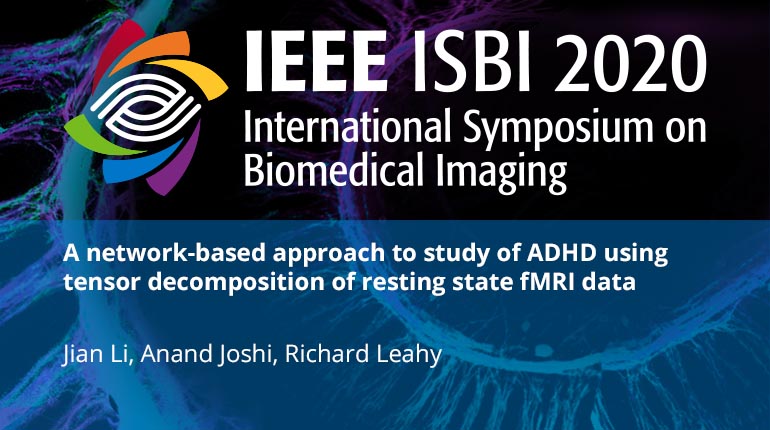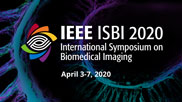Collection:

Identifying changes in functional connectivity in Attention Deficit Hyperactivity Disorder (ADHD) using functional magnetic resonance imaging (fMRI) can help us understand the neural substrates of this brain disorder. Many studies of ADHD using resting state fMRI (rs-fMRI) data have been conducted in the past decade with either manually crafted features that do not yield satisfactory performance, or automatically learned features that often lack interpretability. In this work, we present a tensor-based approach to identify brain networks and extract features from rs-fMRI data. Results show the identified networks are interpretable and consistent with our current understanding of ADHD conditions. The extracted features are not only predictive of ADHD score but also discriminative for classification of ADHD subjects from typically developed children.
- IEEE MemberUS $11.00
- Society MemberUS $0.00
- IEEE Student MemberUS $11.00
- Non-IEEE MemberUS $15.00
Videos in this product
A network-based approach to study of ADHD using tensor decomposition of resting state fMRI data
Identifying changes in functional connectivity in Attention Deficit Hyperactivity Disorder (ADHD) using functional magnetic resonance imaging (fMRI) can help us understand the neural substrates of this brain disorder. Many studies of ADHD using resting state fMRI (rs-fMRI) data have been conducted in the past decade with either manually crafted features that do not yield satisfactory performance, or automatically learned features that often lack interpretability. In this work, we present a tensor-based approach to identify brain networks and extract features from rs-fMRI data. Results show the identified networks are interpretable and consistent with our current understanding of ADHD conditions. The extracted features are not only predictive of ADHD score but also discriminative for classification of ADHD subjects from typically developed children.
 Cart
Cart Create Account
Create Account Sign In
Sign In
